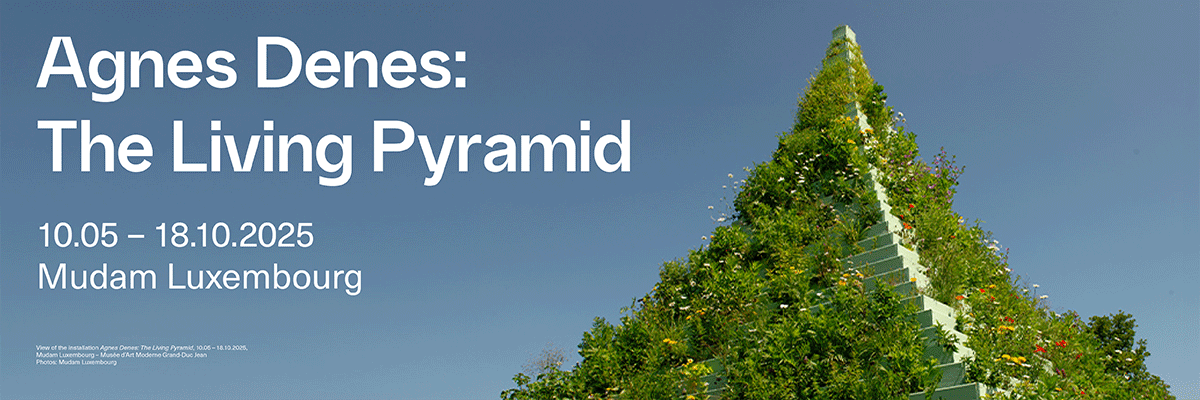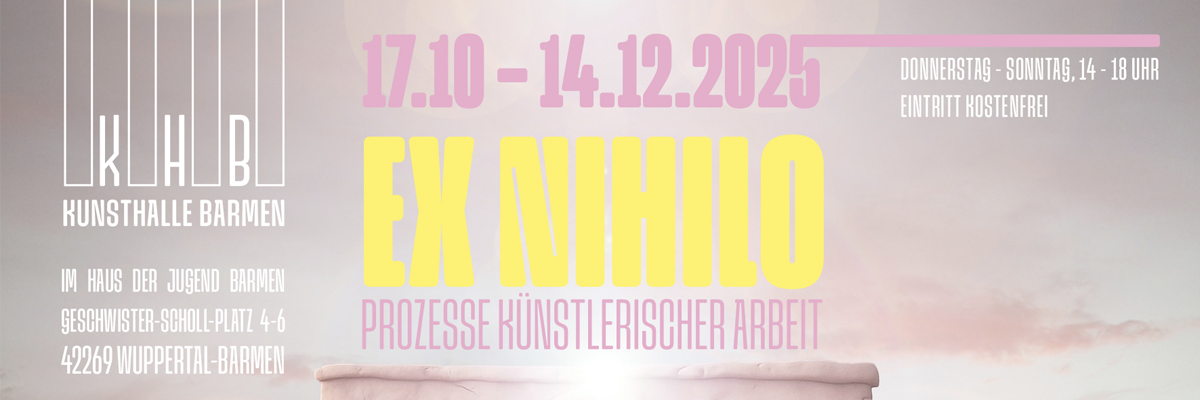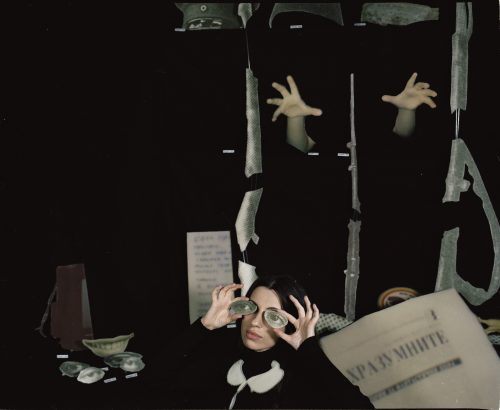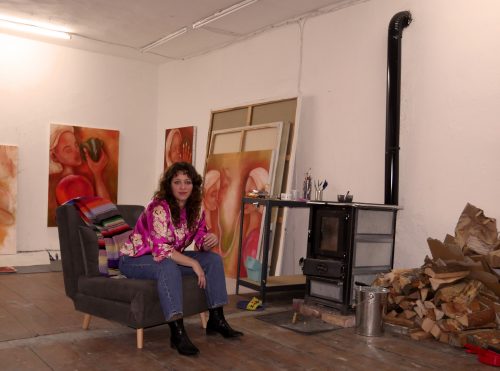
Giacomo Montanelli
Giacomo Montanelli Solo Show
Project Info
- 💙 Area Treviglio
- 💚 Valentina Bartalesi
- 🖤 Giacomo Montanelli
- 💜 Valentina Bartalesi
- 💛 Michela Pedranti
Share on
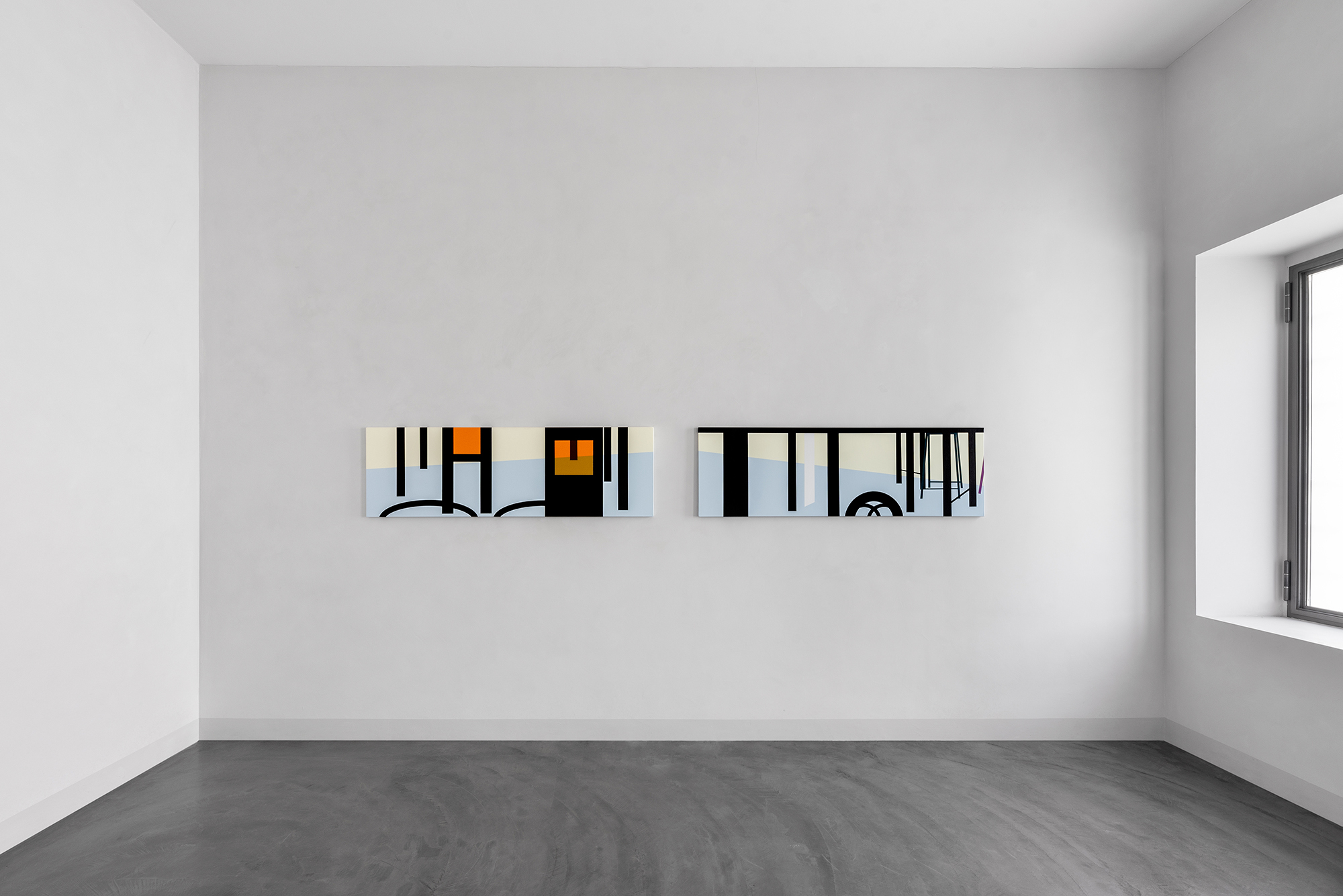
Installation view, Giacomo Montanelli at Area Treviglio, 2023
Advertisement
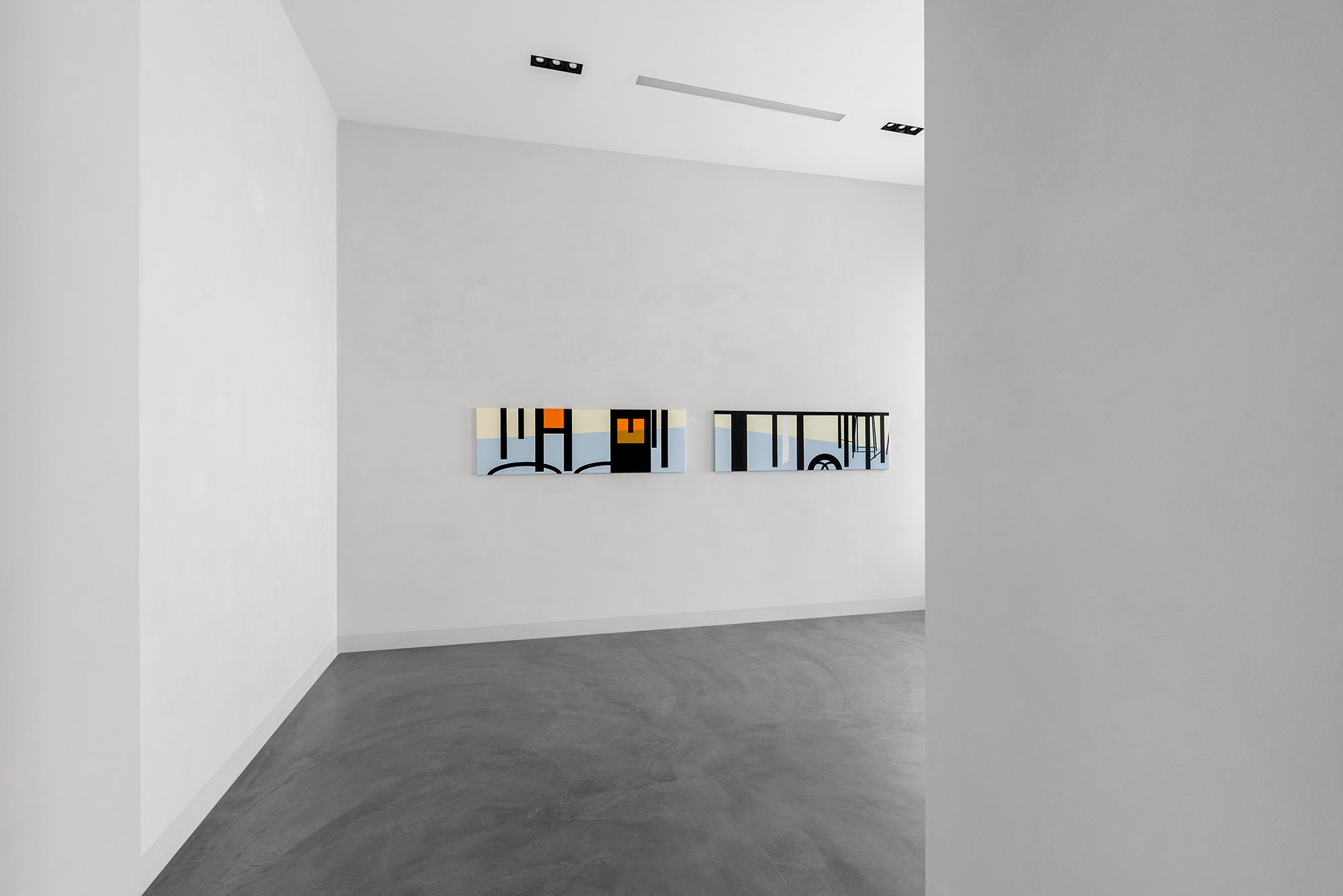
Installation view, Giacomo Montanelli at Area Treviglio, 2023
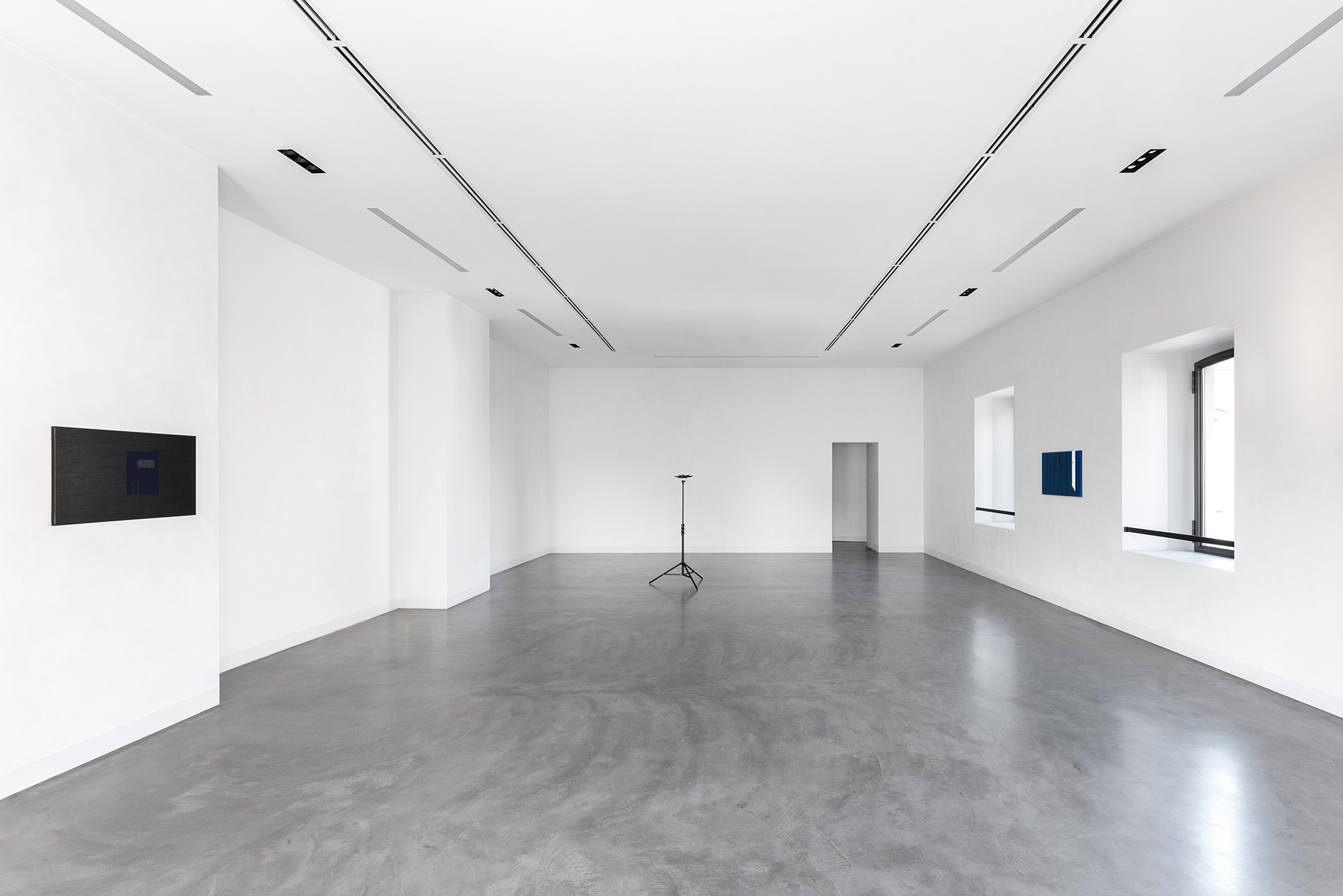
Installation view, Giacomo Montanelli at Area Treviglio, 2023
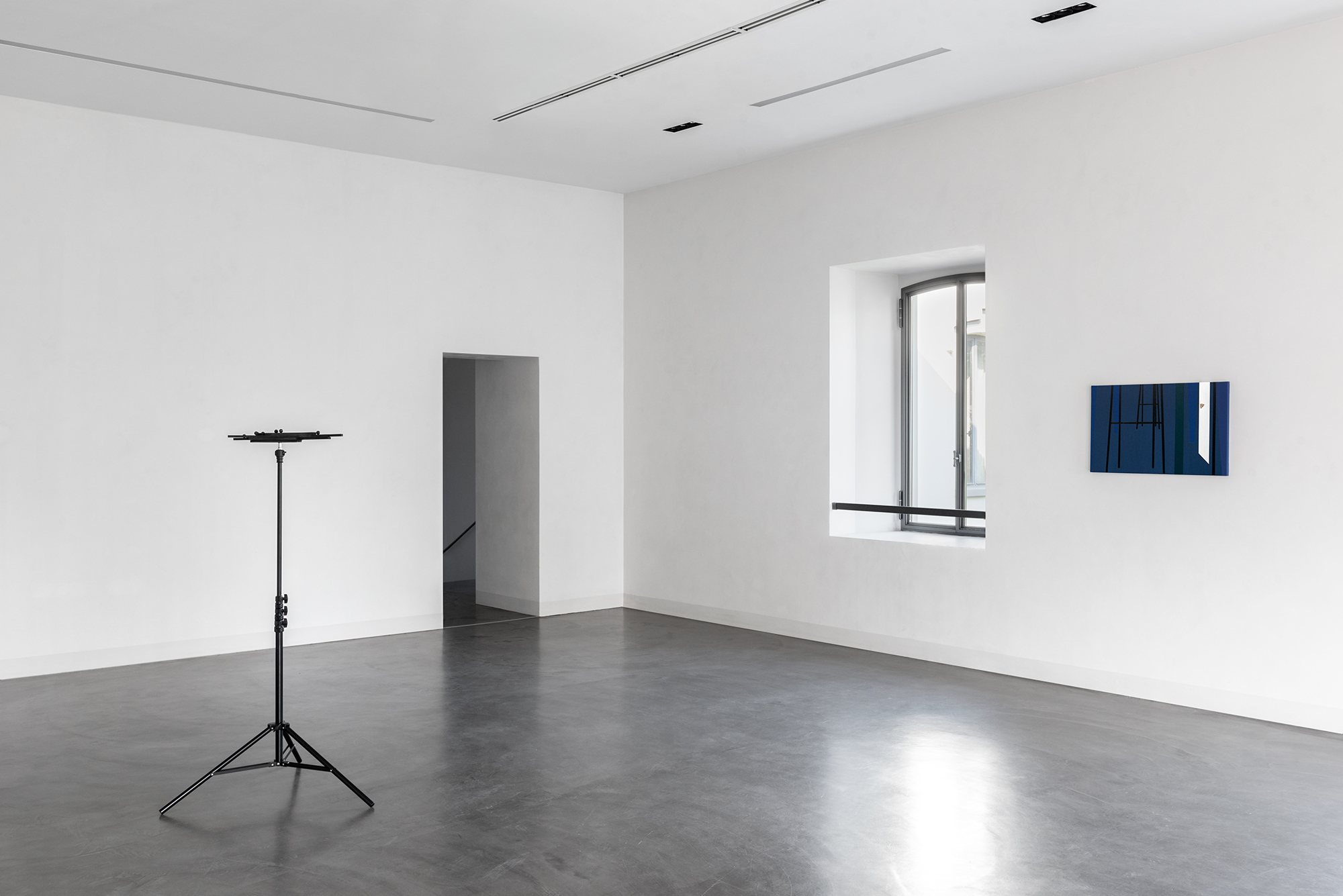
Installation view, Giacomo Montanelli at Area Treviglio, 2023
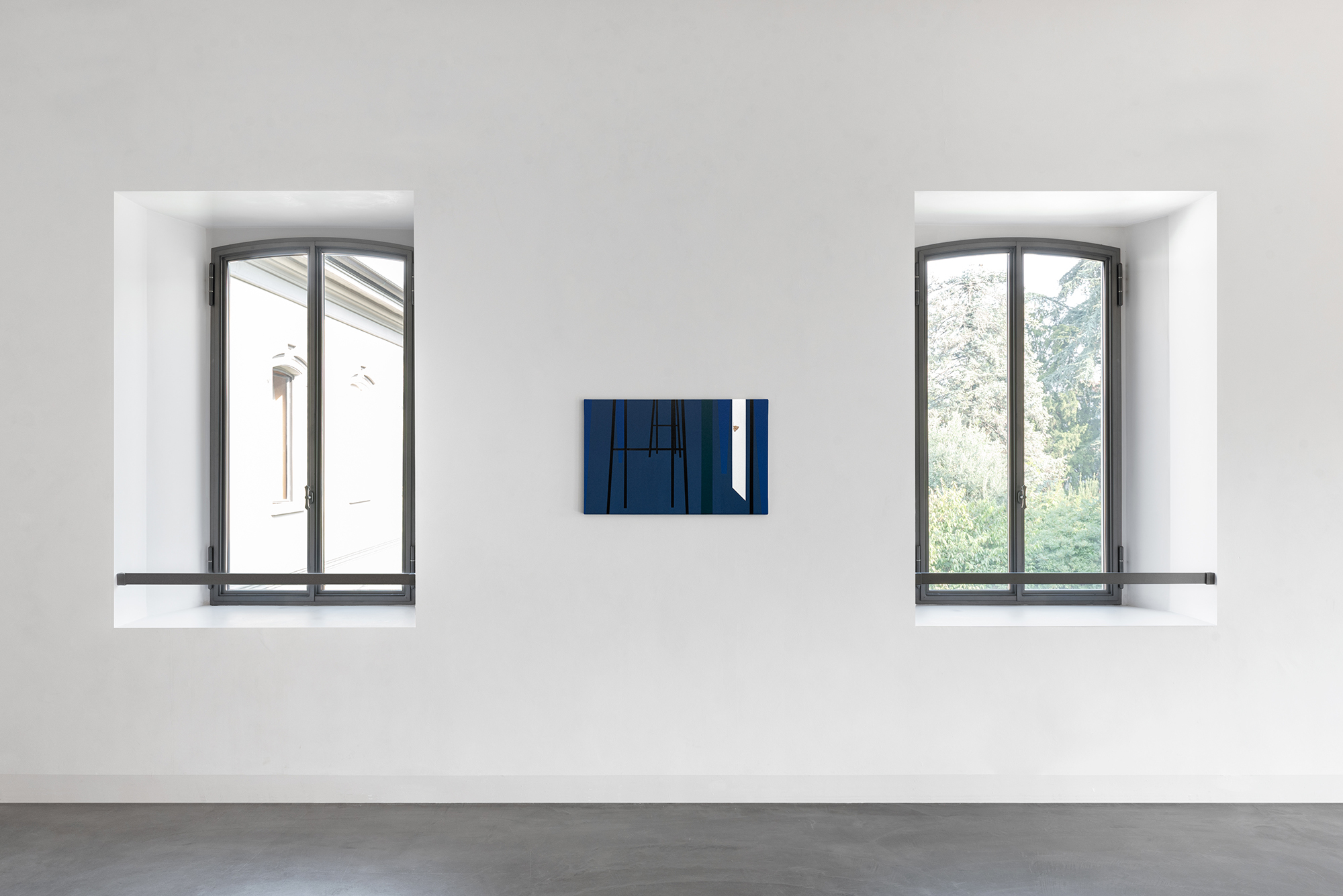
Installation view, Giacomo Montanelli at Area Treviglio, 2023
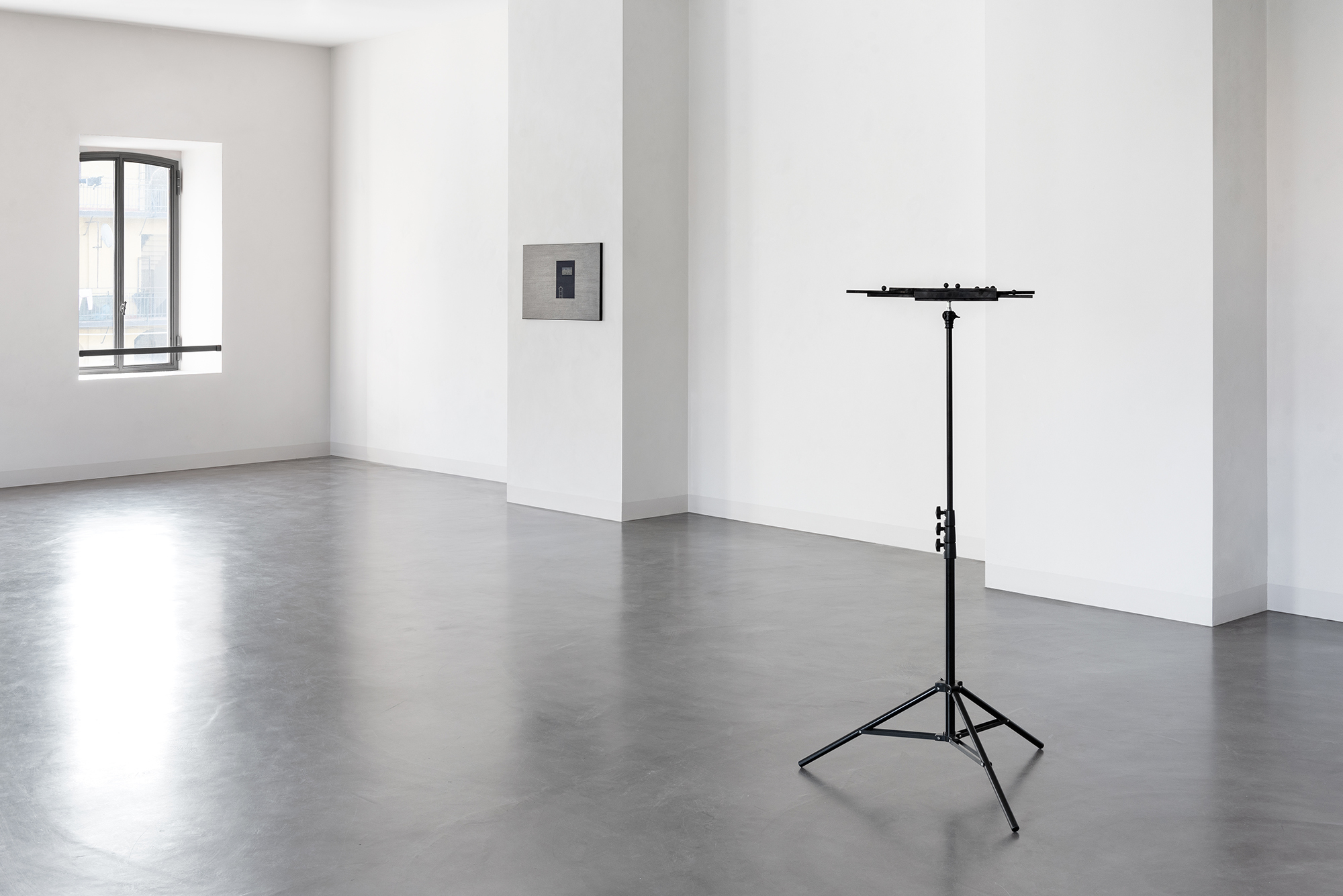
Installation view, Giacomo Montanelli at Area Treviglio, 2023
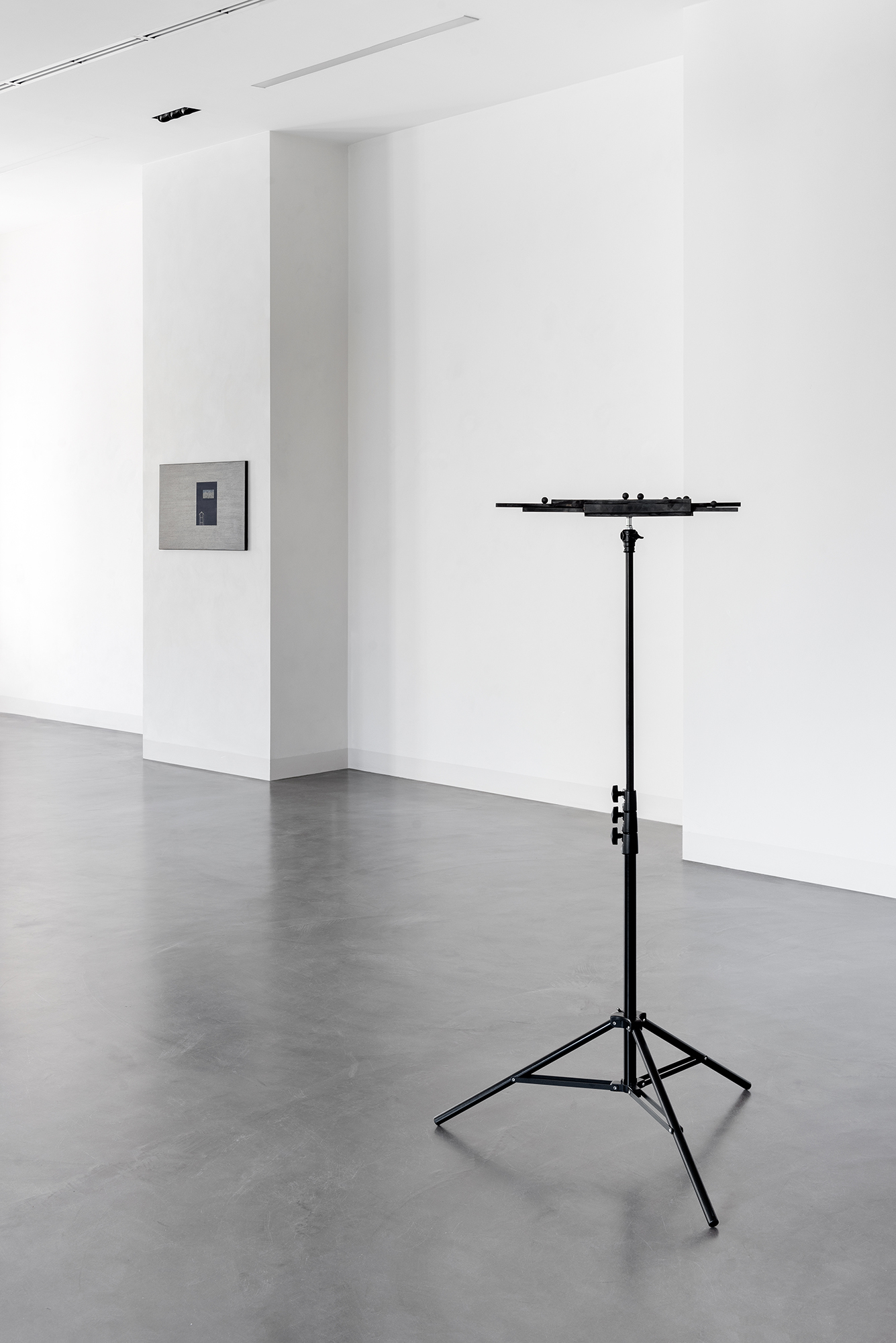
Installation view, Giacomo Montanelli at Area Treviglio, 2023
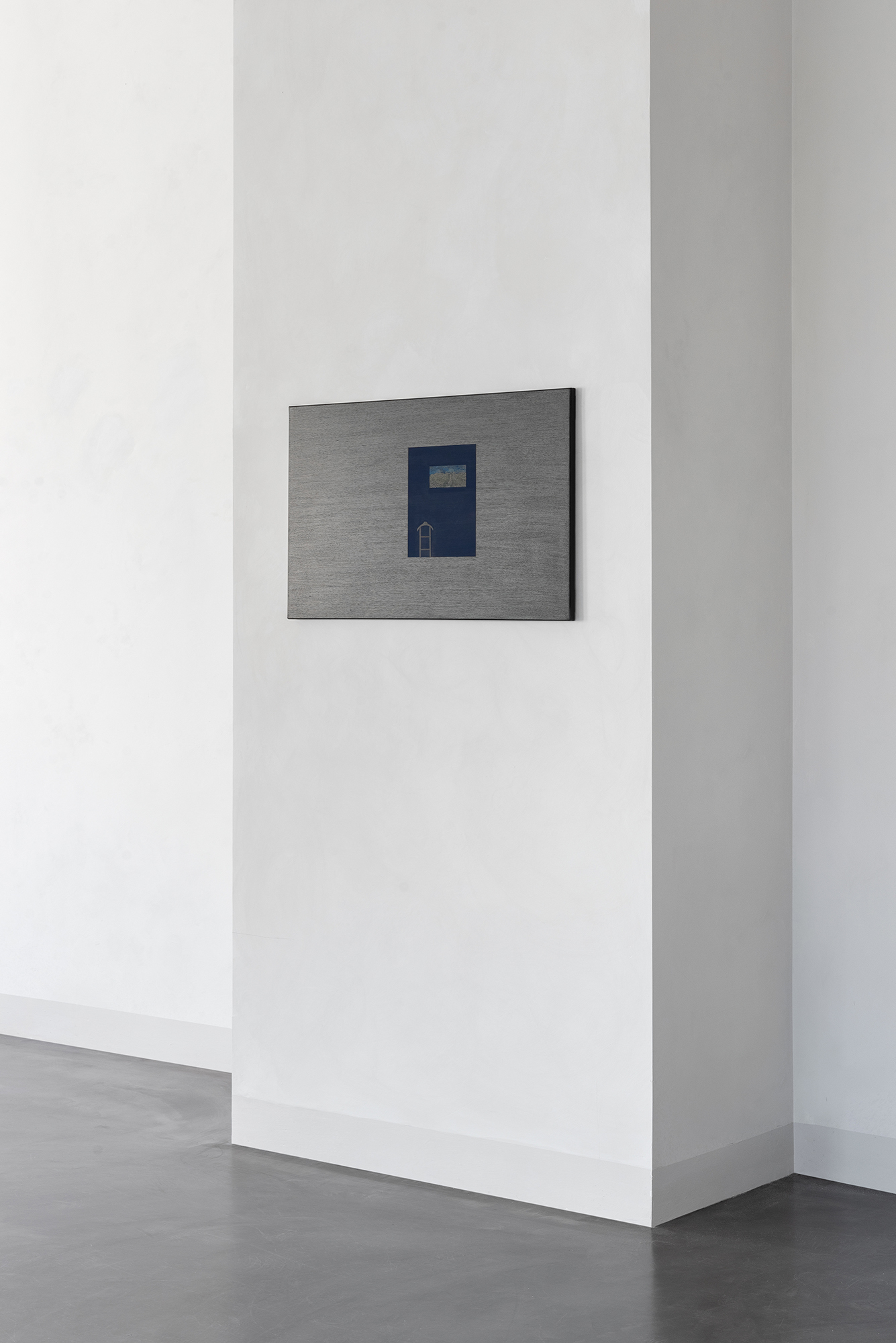
Installation view, Giacomo Montanelli at Area Treviglio, 2023
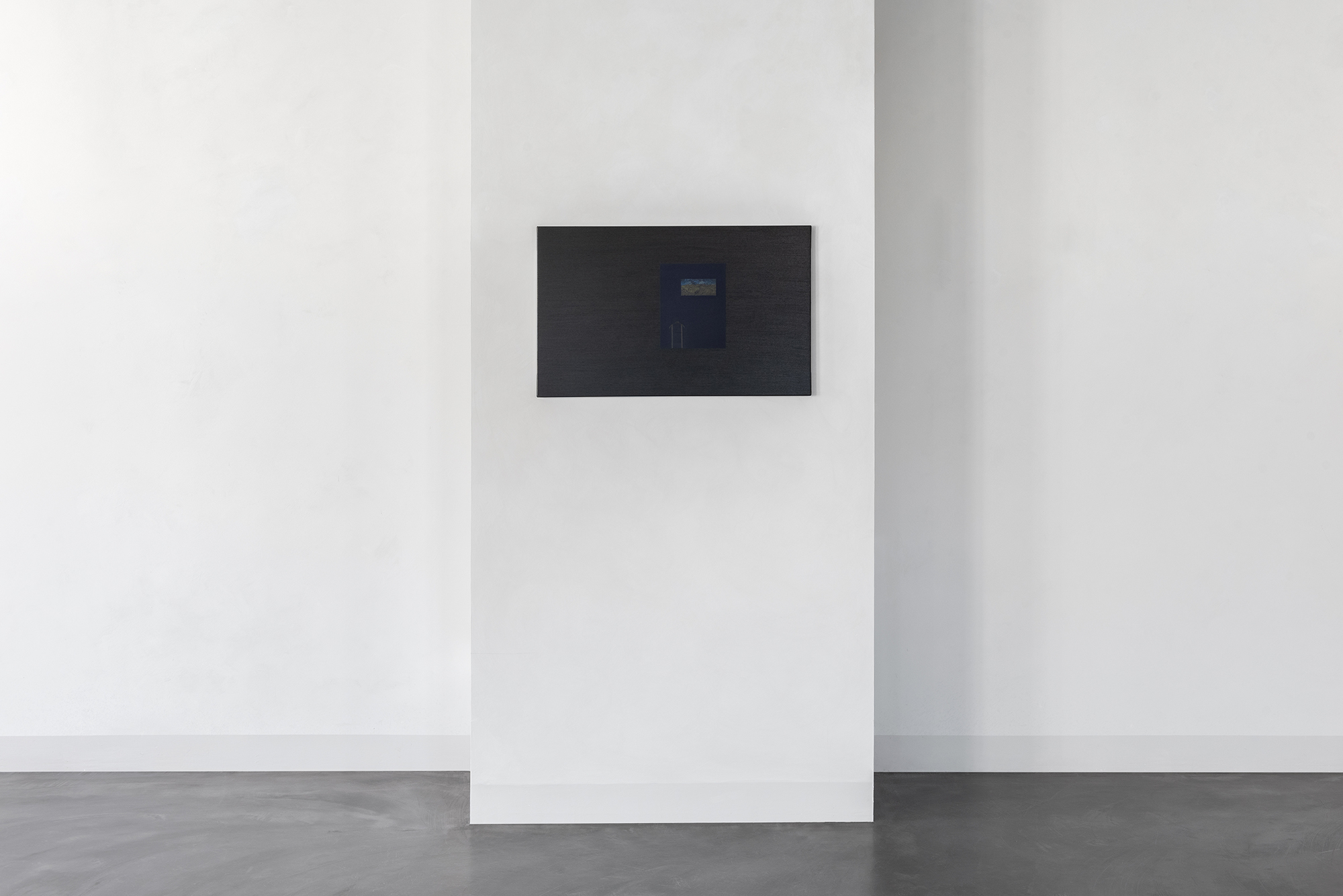
Installation view, Giacomo Montanelli at Area Treviglio, 2023
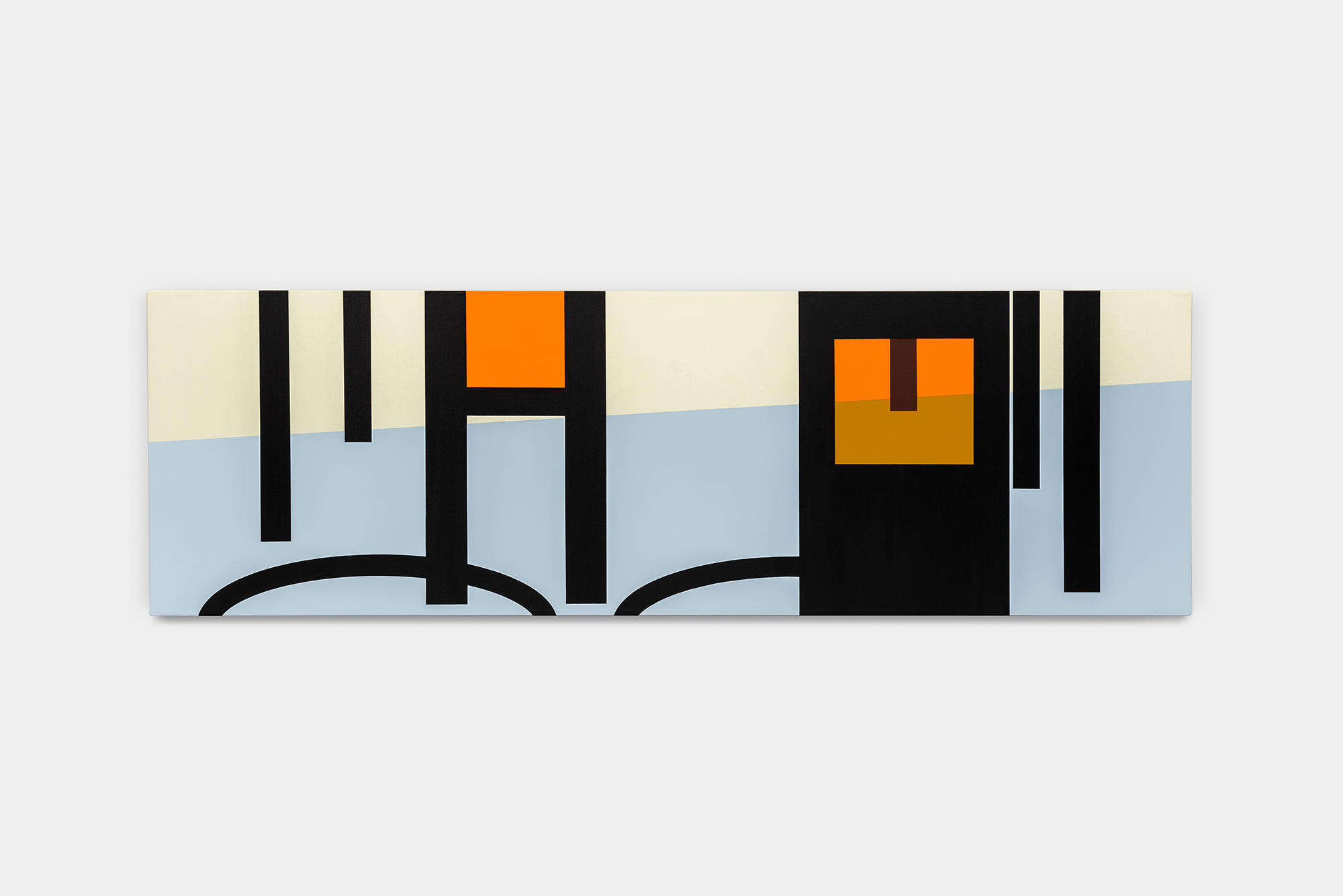
Giacomo Montanelli, Sotto il tavolo, 2023, 160x50, acrylic on canvas
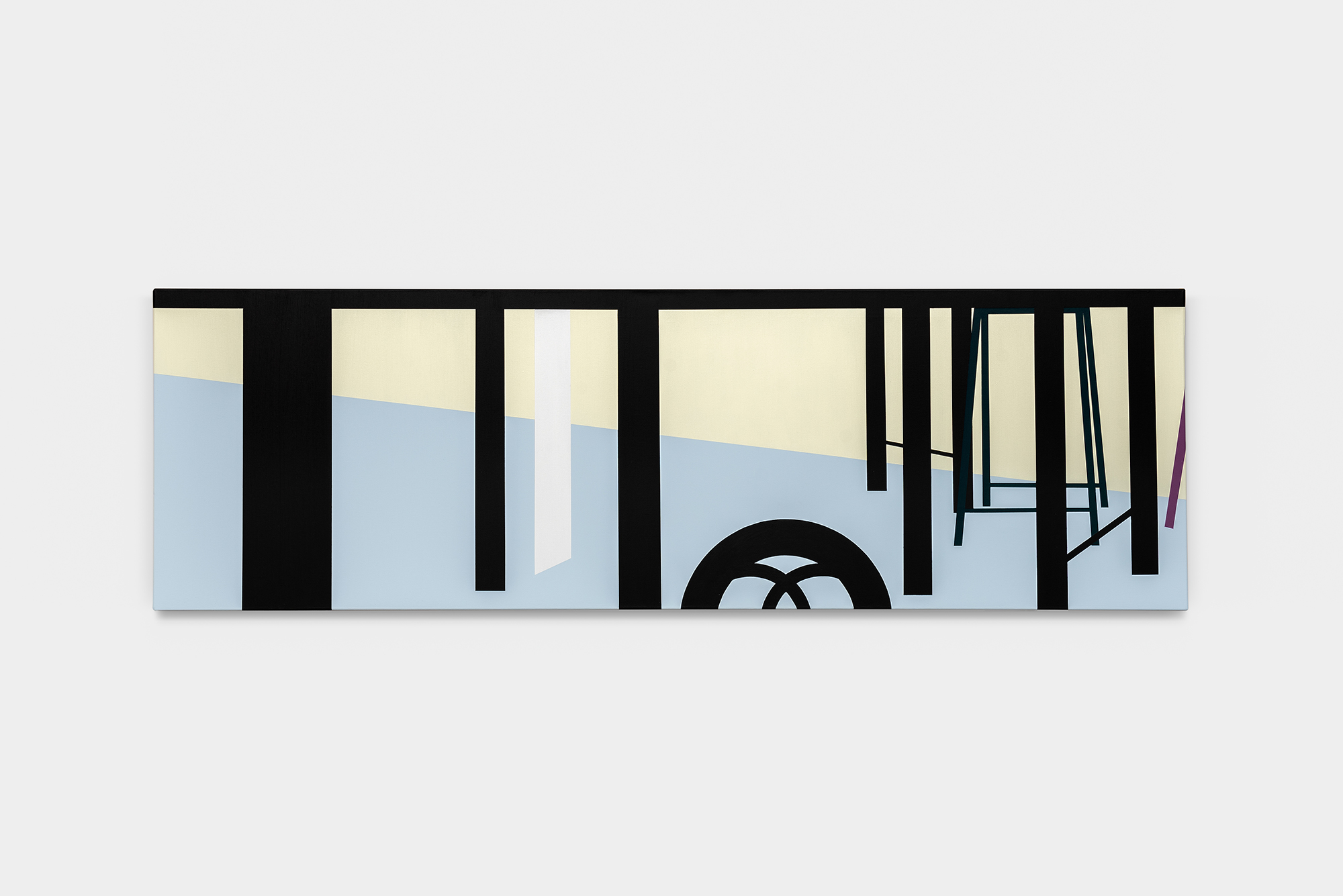
Giacomo Montanelli, Sotto il tavolo, 2023, 160x50, acrylic on canvas
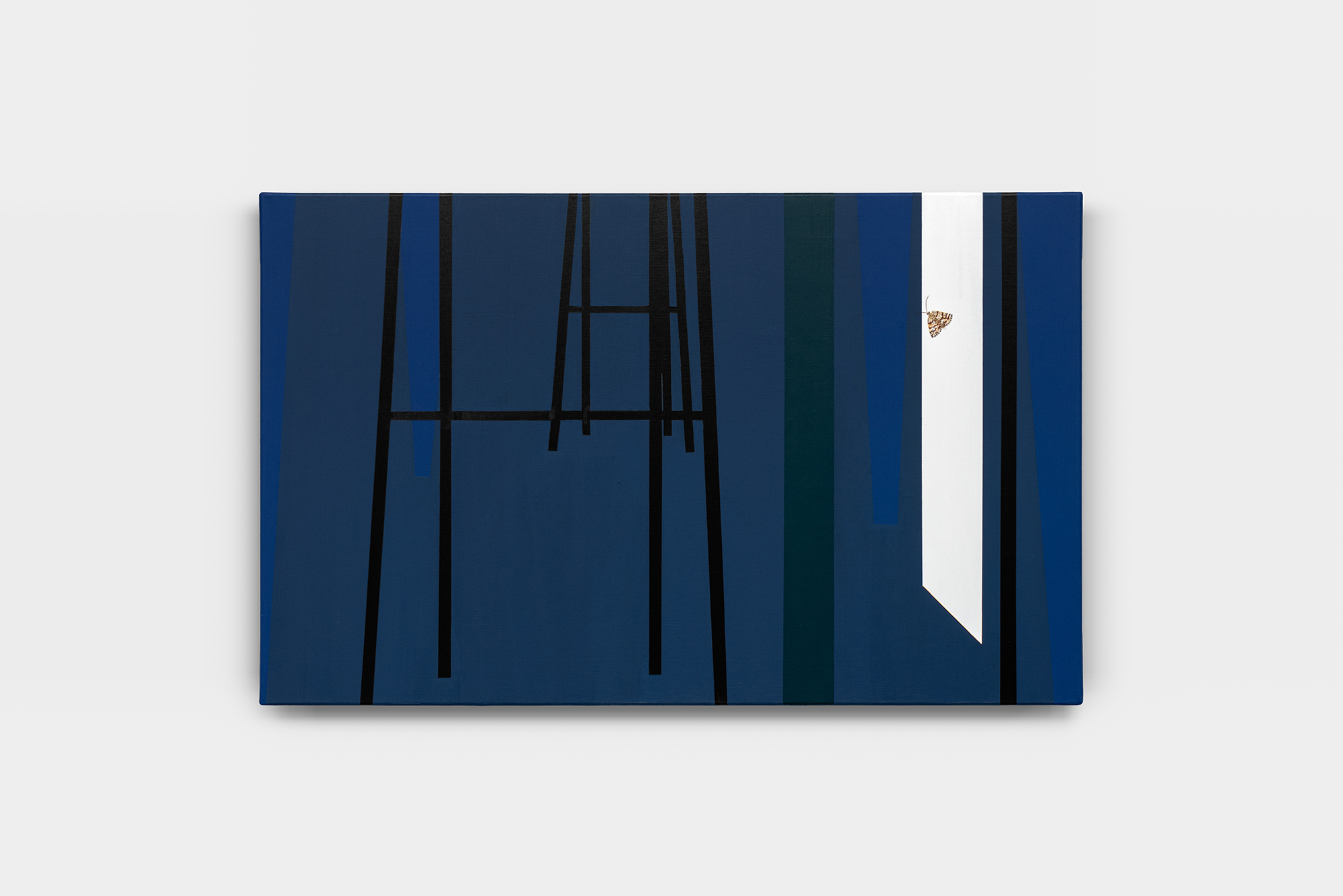
Giacomo Montanelli, Notturno con finestra aperta, 2023, 80x50, acrylic on canvas
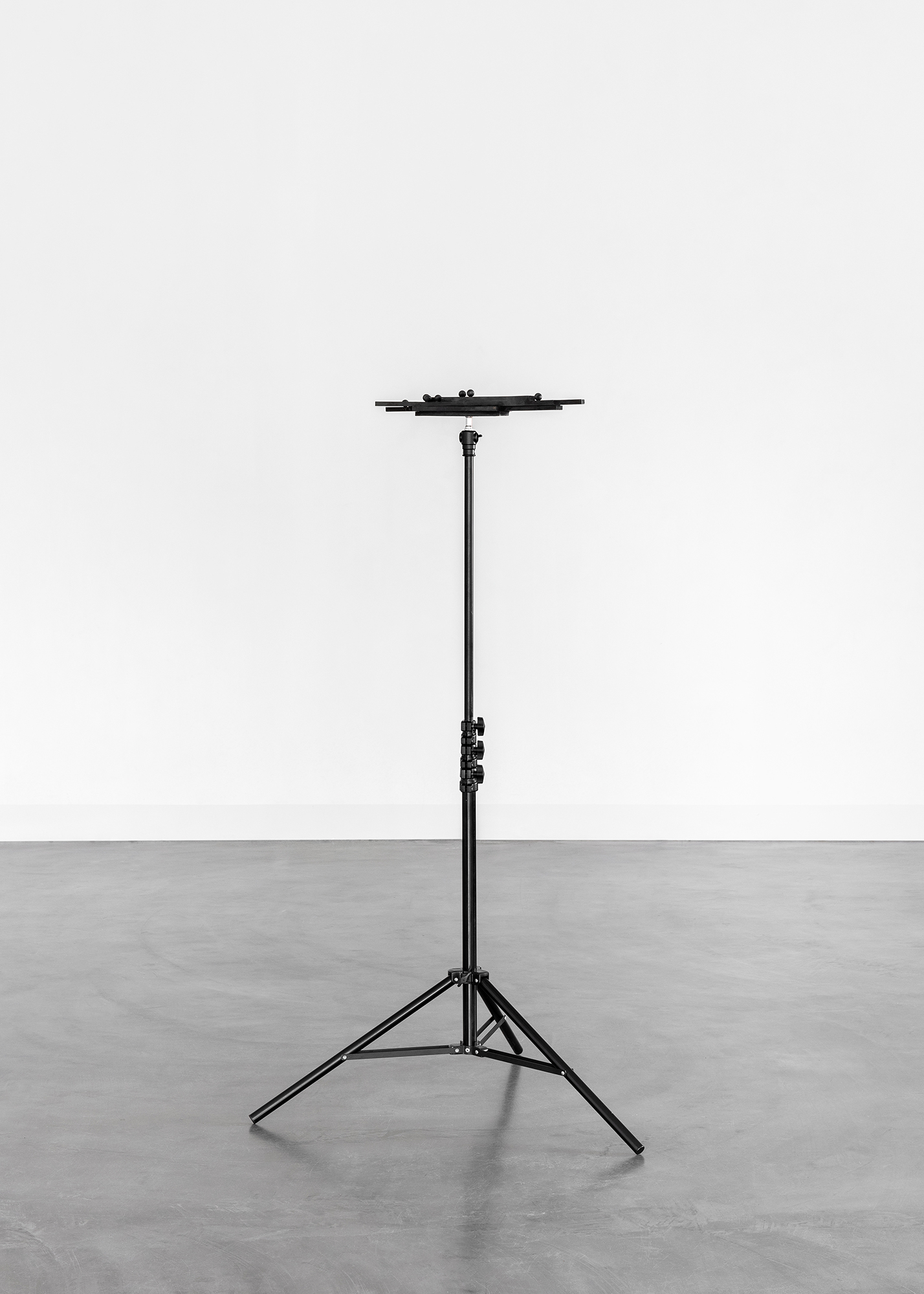
Giacomo Montanelli, Piffero per la rivoluzione, 2023, 75x75x150, brass, stand
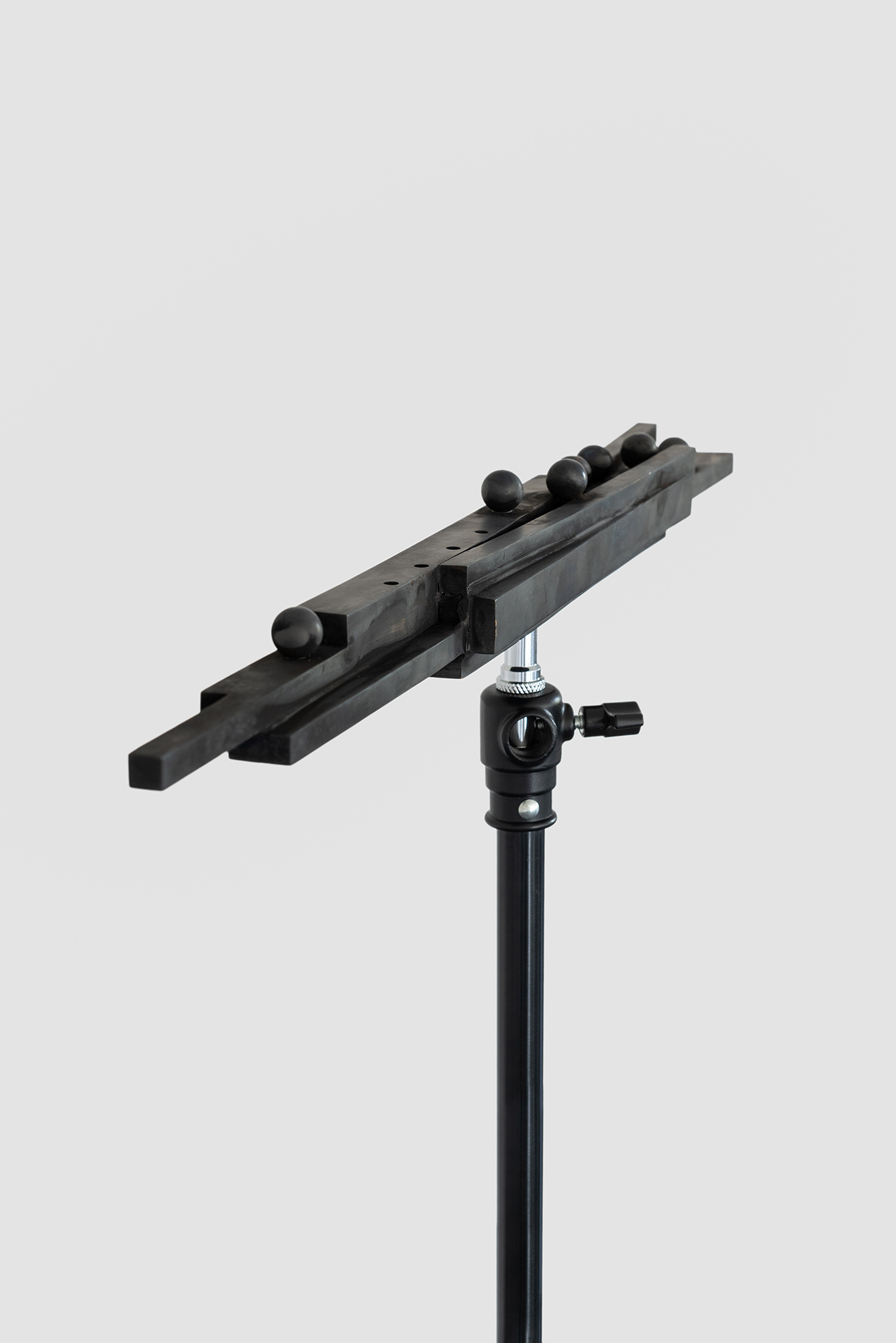
Giacomo Montanelli, Piffero per la rivoluzione, 2023, 75x75x150, brass, stand. (detail)
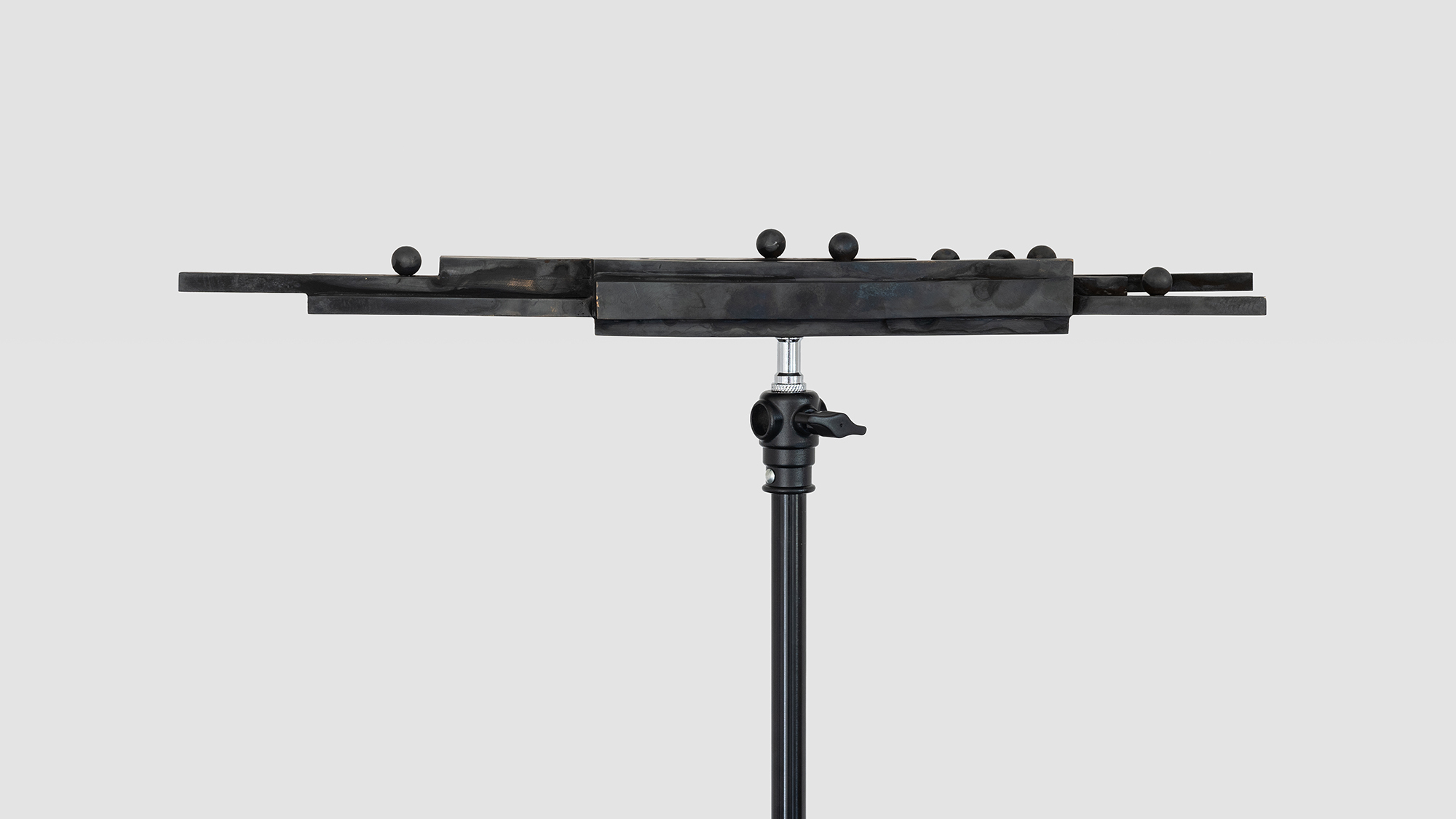
Giacomo Montanelli, Piffero per la rivoluzione, 2023, 75x75x150, brass, stand. (detail)
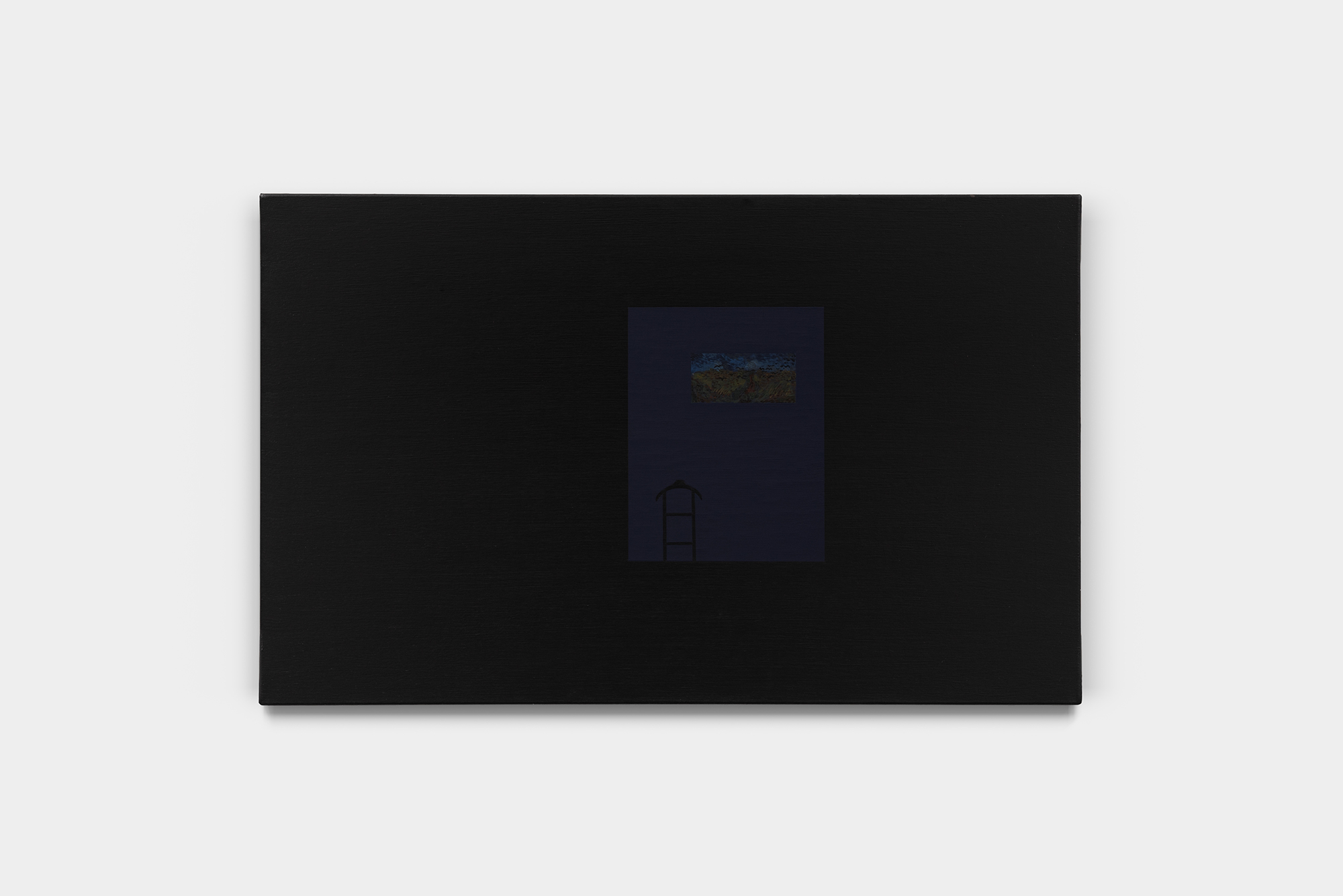
Giacomo Montanelli, Notturno anche se dormo, 2023, 80x50, acrylic on canvas
In the early 1860s, Édouard Manet accomplished a painting with a troubled history. Against a neutral backdrop, a matador, or more accurately, a man, lies stretched out on the ground: he is suddenly dead. The mourner wears a pair of beautifully crafted, immaculate socks; the typical costume of the torero, the shimmering Traje de Luces, is rendered by Manet in a black so saturated that it seems alive and full of breath. In this space apparently without history, the body immortalised obliquely delineates a grazing horizon and a shallow point of view: painting, which is also stretched-out, aims at reaching the zero degree of narration.
Giacomo Montanelli’s solo exhibition at Area Treviglio consists of four paintings and one sculpture.
One could imagine this series of works united by a filigree trace, which, effusing like a distant melody, bears witness to how Montanelli understands painting as a narrative of the world as, and only as, a narrative of the form.
Subtended grammar of things or, as the ancients put it, imago mundi: a side chronicle of what happens at the margins of diptychs and polyptychs, between the half-closed shutters, and even more so in the narrow moors of the predellas which, like the dead man, lie at the foot of the altarpieces, dreaming of things from behind. A metalinguistic investigation, that of Montanelli, conducted as a pastime and, for this reason, with fervent care – the body of the dead is the body of painting and that of the painter, the committed absentee par excellence. However, how to describe the heart of this investigation?
At first glance, the works presented by Montanelli articulate a declared subject clearly: that one of the implication that always surrounds things, and we could define in terms of upside-down or voice-over. A submerged disengagement, for many a paradise, where responsibilities and thoughts are holed up. If such an inversion aims at perceiving the essence of reality as if it were lying dormant (yet another pseudo-sleeper) under a sheet or a tablecloth, it would be groundless to look for a high dimension in the most conventional sense of the term. There is no will in Montanelli to compose intrepid symbologies, but only the desire to device tiny riddles, not to give voice to grand narratives, but to dwell an expectation that the artist knows has no place, no beginning, and no end: the enigma is perpetually given in its naked ordinariness, residing in what is seen. And what one glimpses, or thinks one glimpse, are a theory of table legs, seats, trestles and stands; intersections of corners, walls, and floors; curved crossbars and iridescent seatbacks; domestic interiors peeped from the outside, in the middle of any given night.
Transparent, the enigma is drawn and planted conceptually, on the experience level, into that infinitesimal region that separates things from their representation. This profound, inventive gap gives such works their ambiguous status. In them, the research for the form that encircles everything (its reverse side, precisely) gives rise to a short-circuit entirely within the life of an image so referential as to appear figurative – the secret architecture of a meeting room emptied in a few moments – and, at the same time, structurally abstract. By renewing centuries-old geometries, this narrative no longer requires further stories: it tells itself, singing the rectangle, the circle, and the square; it tends the ear to the vibrations of a colour that it is not afraid to employ.
In this sense, Giacomo Montanelli’s solo exhibition represents a placid elsewhere, formed by images that hold their breath or are about to awaken from a deep sleep. “A nocturne while the artist sleeps”, even. Painting or sculpture is about mirages and unexpected apparitions. In them, things exist quietly and extraordinarily solid, albeit in the order of the instant: the time of a breath or a hint of movement and the compositions change slightly before our eyes. The presences that hold such hallucinations in balance are assumed as shadowless forms: thus, a moth, a valet stand, a Van Gogh. There is also a stoic and solitary fife waiting to be played. When it happens, the revolution always takes place too late, accompanied by a melody that reverberates in the distance, very faintly.
Valentina Bartalesi
